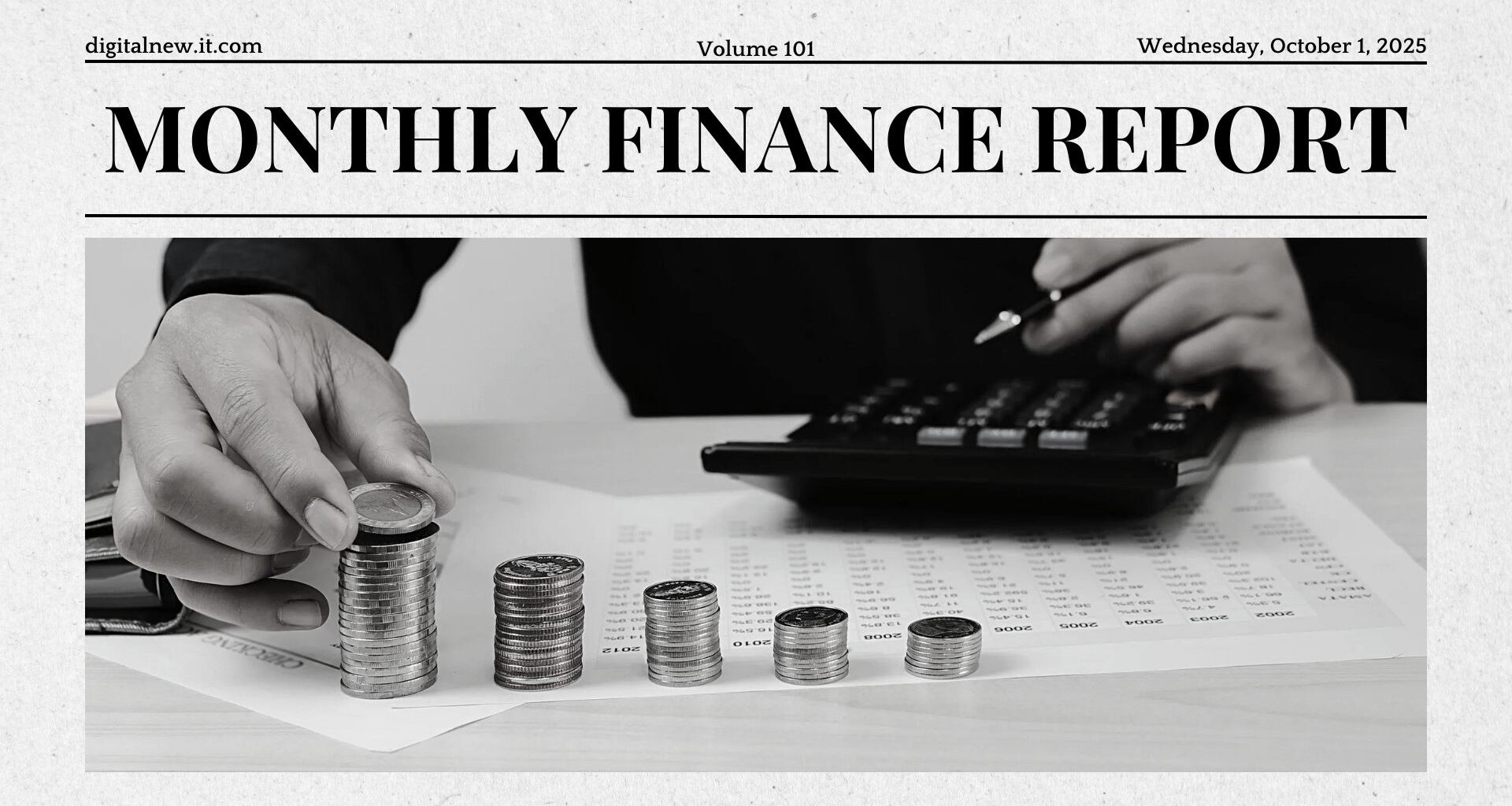How to Create a Monthly Finance Report
Creating a monthly finance report is essential for individuals, small business owners, and large organizations alike. It helps track income, expenses, savings, and investments over time. A well-organized finance report gives insight into your financial health and helps guide better decision-making. In this article, you’ll learn how to create a monthly finance report step-by-step, with practical tools and tips.
Why Monthly Finance Reports Are Important
Monthly finance reports give you a snapshot of your financial position. They allow you to monitor cash flow, control expenses, and set realistic financial goals. Without a clear report, it’s easy to lose track of where your money is going.
Benefits of monthly finance reporting include:
- Improved budgeting and planning
- Early detection of financial issues
- Better investment decisions
- Preparedness for tax season
Steps to Create a Monthly Finance Report
1. Gather Financial Data
The first step is collecting all necessary financial documents and records. These may include:
- Bank statements
- Invoices and receipts
- Credit card statements
- Investment summaries
- Pay stubs or income records
Make sure to include both fixed and variable expenses to get an accurate view of your financial activity.
2. Use a Finance Reporting Template or Tool
Using a spreadsheet or finance software helps structure your report for easy analysis. Excel and Google Sheets are popular for custom reports, while apps like QuickBooks, FreshBooks, or Zoho Books offer automated solutions.
Example template structure:
- Header: Month and Year
- Income Section: Salary, business income, interest
- Expense Section: Rent, utilities, groceries, subscriptions
- Savings & Investments: Deposits, portfolio updates
- Net Balance: Total income minus total expenses
3. Categorize Income and Expenses
Break down your income and expenses into categories. This helps you identify spending patterns and areas where you can cut costs or optimize spending.
Common categories include:
- Income: Salary, Freelance, Rental Income, Dividends
- Expenses: Housing, Transportation, Food, Insurance, Entertainment
4. Calculate Totals and Net Savings
Once all data is in place, calculate total income, total expenses, and your net balance.
Formula:
Net Balance = Total Income - Total Expenses
A positive net balance means you saved money; a negative one indicates overspending that needs addressing.
5. Analyze Your Financial Health
Go beyond the numbers—interpret them. Are you saving enough? Are any expenses unusually high this month? Identifying financial trends can help improve your financial habits.
Tips for an Effective Monthly Finance Report
1. Keep Records Organized
Use digital folders or cloud storage to store receipts and financial documents. This ensures easy access when preparing monthly reports.
2. Use Charts and Graphs
Visual representations like pie charts or bar graphs can make the report easier to understand. Most spreadsheet tools allow you to insert visuals with just a few clicks.
3. Compare With Previous Months
Tracking financial trends over time gives you a better understanding of your spending habits and progress toward financial goals.
4. Automate Where Possible
Use finance apps or spreadsheet formulas to automate repetitive calculations and imports. This saves time and reduces errors.
Monthly Finance Report Example
Here’s a simplified example of a finance report layout:
Month: September 2025
Income:
- Salary: $3,000
- Freelance: $800
- Investments: $200
Total Income: $4,000
Expenses:
- Rent: $1,200
- Utilities: $150
- Groceries: $350
- Subscriptions: $50
- Entertainment: $100
Total Expenses: $1,850
Net Balance: $2,150
Savings Added: $1,500
Investments Added: $500
Conclusion
Creating a monthly finance report is a powerful habit that supports financial growth and stability. By collecting accurate data, organizing it clearly, and analyzing it regularly, you gain full control over your finances. Use tools, templates, or apps that fit your style, and start tracking your money every month. The more consistent you are, the more insights and financial success you’ll achieve over time.
Start building your financial confidence with your next monthly report!








